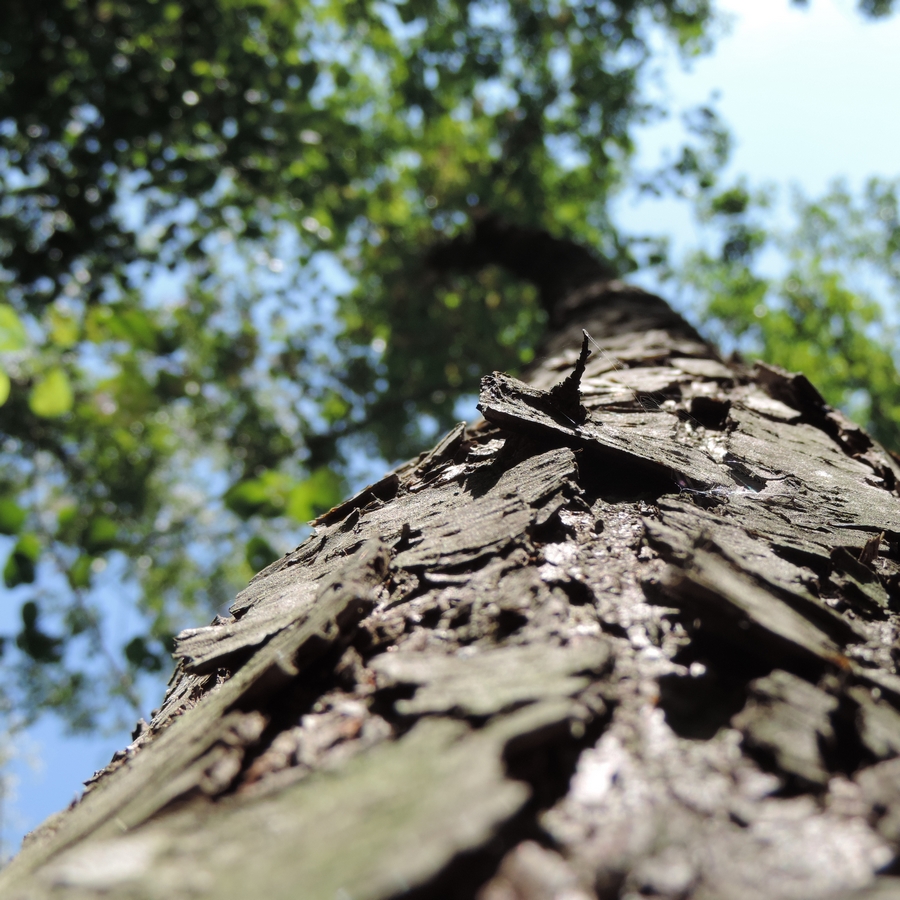Protection of woodland ecosystems

Active protection is carried out on woodlands that are the Park’s property. Protective procedures, in-terfering into natural processes occurring in woodland ecosystems are extra-ordinarily undertaken to reach particular, clearly stated protective objections. They provide substantial support for the natural development processes, and the smaller the scope of interference is, the higher the degree of the natu-ralness and stability of the ecosystems is. The protection processes take into consideration the charac-ter and pace of the natural developmental processes of the woodlands, proper for each developmental stadiums and phases and anticipating them “by one step”. In forest stands of natural character with older developmental phases, nursing and protective procedures are undertaken just in case, when, for various reasons, there is no renewal phase and there is a lack of certainty connected with the protection of the greenwoodgenic process continuity and forest durability. The protection processes are not only performed where the whole forest stand requires it, but also where there is a justified need of it, its fragments and even single individuals (for example a tree monument, special care or rarely represented species).
Accumulations of potential natural vegetation are adopted as the indicators of the potential diversity of the habitat conditions in the forests’ ecosystems. Designated types of forests, the designated composi-tion of species and the orientation of the cultivation composition, settled down for them, are the bases for breeding and protective preventive planning.
The set and the type of protective treatments are adapted to the state of the habitats, degrees of conformity of the current species compositions with the target ones, the developmental phases and ecological requirements of species creating the tree stands and their structure, as well as to the health and sanitary states.
At first, natural renovations are used in the fulfilment of the renovation.
One of the main tasks of PNP woodlands protection is the restructuring of pine monocultures established on post-farmlands. This is based on planting some more species adapted for the local habitat conditions. The aim of those procedures is leading to the formation of a forest with diversified age and species structures. In cases when threats to the tree stands with biotic factors (e.g. the build-up of harmful insects) or abiotic factors occur there, then exists a threat to the disintegration of the tree stands structures. Sanitary cuts, treated as a separate type of treatment are actions combating these phenomena. E.g. as part of the sanitary cuts, ill trees and trees which have been settled in great numbers by insects being able to cause a build-up of harmful diseases, and a proliferation of pathogens, are being removed.
In some tree stands, as part of their care procedures, foreign species for the native flora are being removed, which were brought or introduced because of economic reasons. The restoration of the natural species composition of PNP woodlands is an aim of this action.
The whole of the protective tasks of the woodlands’ ecosystems in the Park is being carried out by:
1) Renovation, afforestation, adjustments and complements, forestation;
2) Cultivation care procedures, young growths, wilding trees and saplings;
3) Introduction of undergrowths and under planting;
4) Enrichment of the species composition of tree stands and bush stands;
5) Adjustment of tree stands structure;
6) Sanitary cuts in dying tree stands;
7) Restructuring of tree stands;
8) Cuts associated with the creational processes and the development of self-sowing plants.